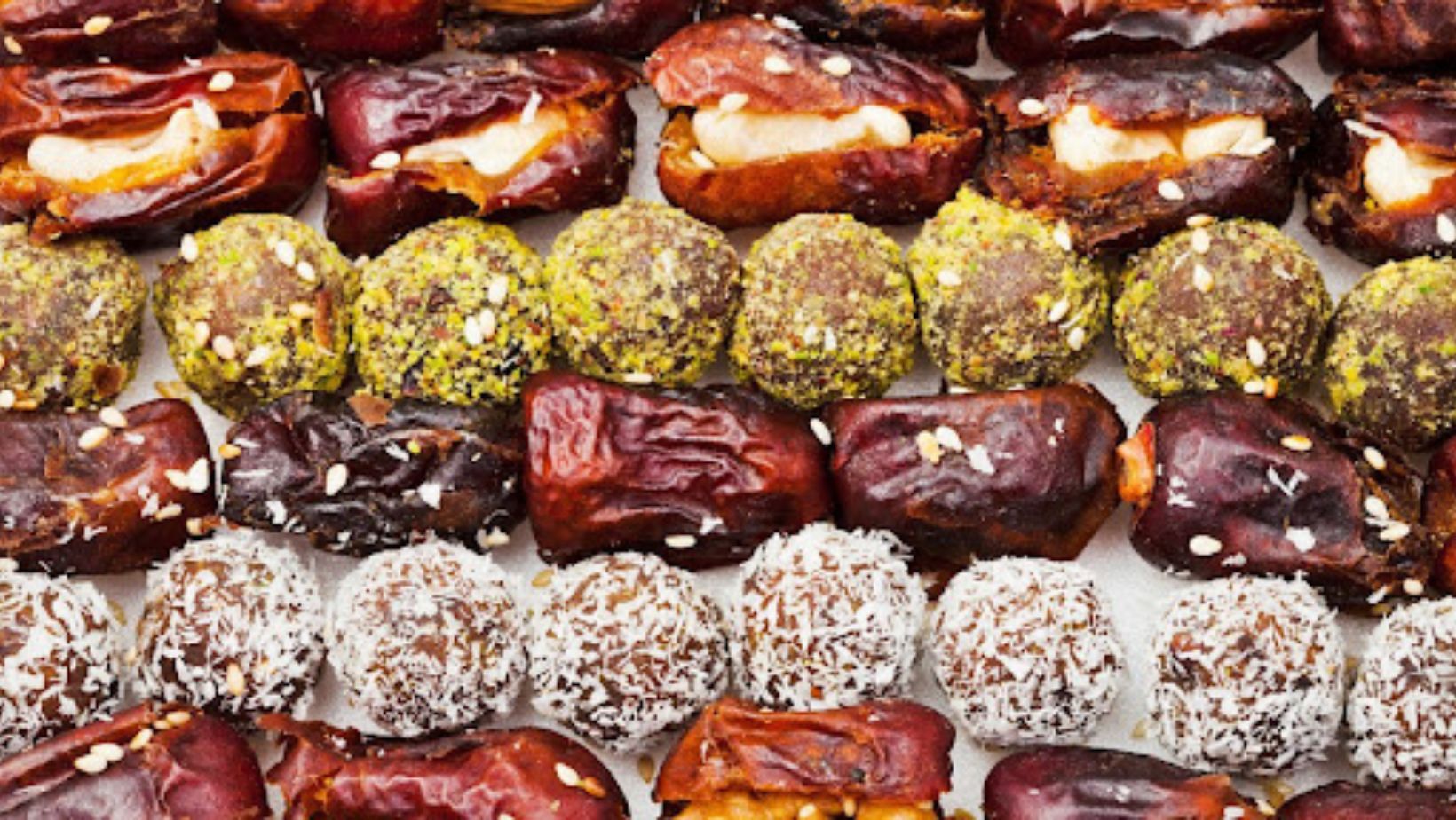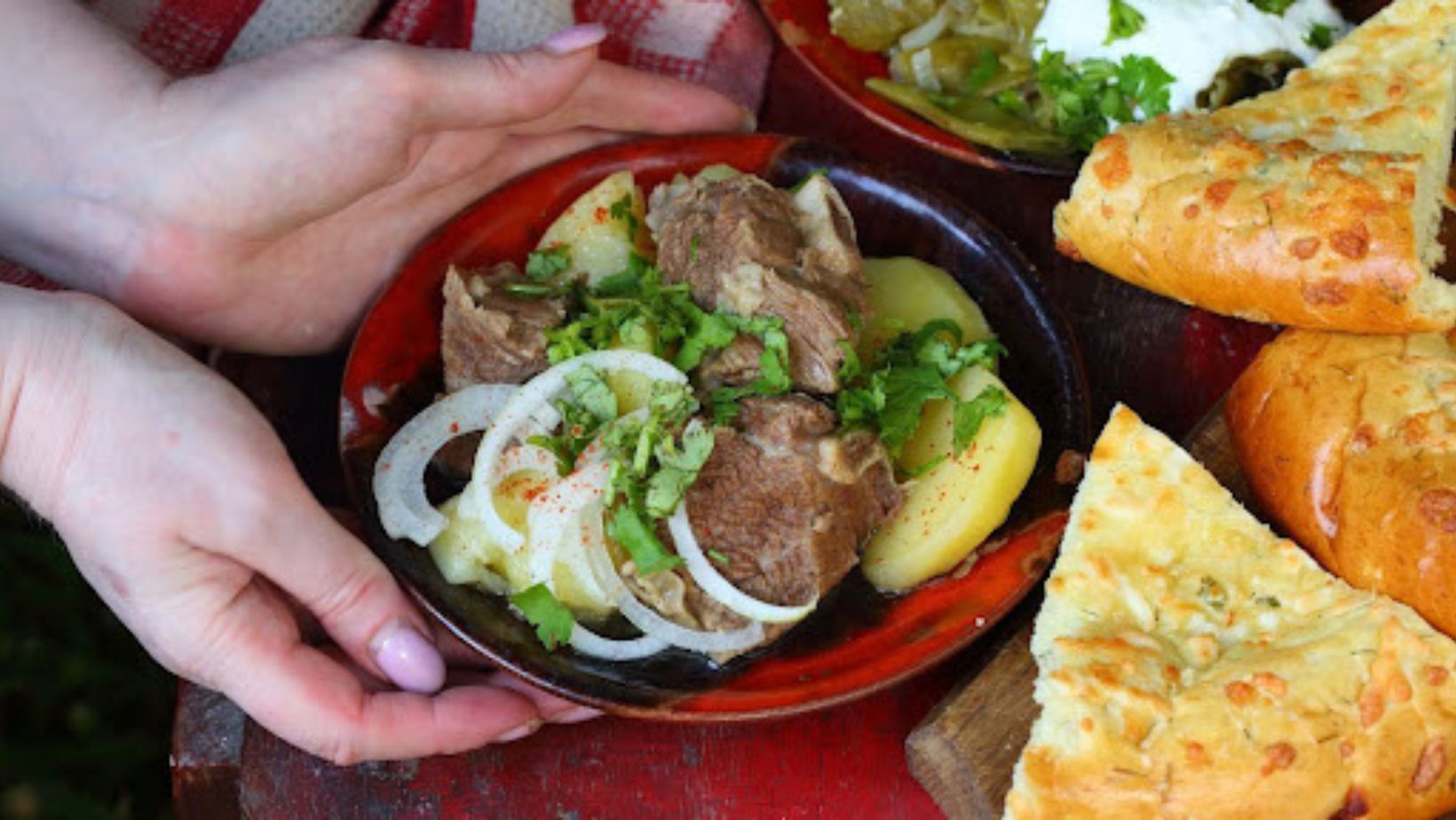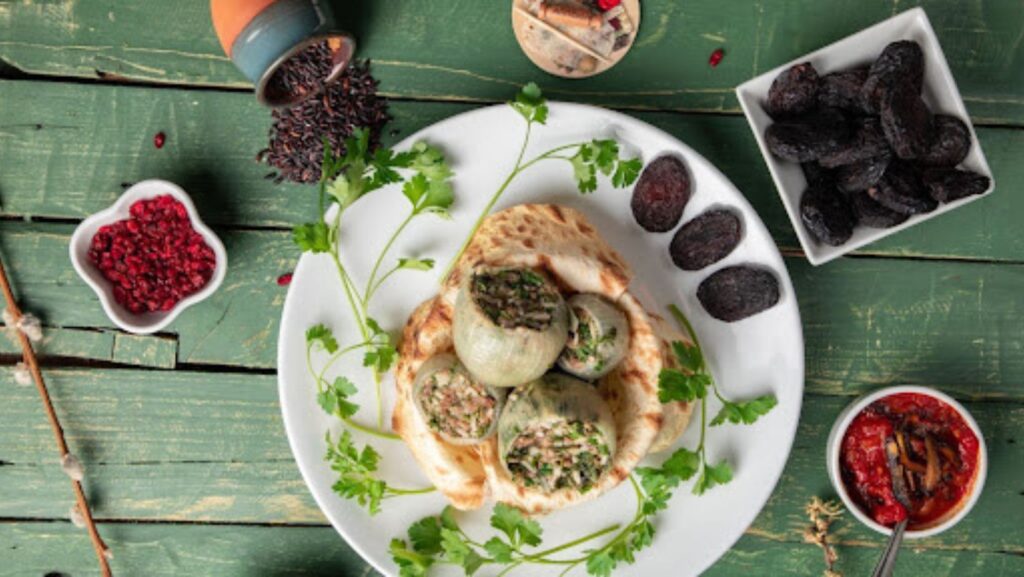Armenian cuisine reflects a history as vibrant as its flavors. With roots dating back to ancient times, influences range from Mediterranean to Middle Eastern. The Silk Road trade added spices, while the Ottoman and Persian empires left their mark. Traditional feasts and unique dishes embody a cultural tapestry that has stood the test of time. If you’ve already visited this website link, it’s time to go on a culinary adventure.
Heritage of the Cuisine
Armenia’s culinary heritage boasts an array of dairy products, emphasizing cheeses and yogurt. Wheat plays a central role, seen in various breads and grain-based dishes. The use of fresh, locally sourced ingredients is notable, underscoring a connection to the land. This gastronomic journey offers a taste of Armenia’s enduring cultural legacy.
Eastern Vs. Western Armenian Dishes
Armenian cuisine exhibits regional nuances shaped by historical and geopolitical factors. Middle Eastern flavors influence Western Armenian cuisine. It often features dishes like Lahmajoun and Kebabs, reflecting the impact of Arab culinary traditions on Armenia.
On the other hand, Eastern Armenian cuisine bears traces of the Soviet era, emphasizing hearty comfort foods. The influence is evident in dishes like Harissa (wheat and meat porridge) and various pickled vegetables. Despite these regional distinctions, both culinary traditions share a common thread of rich flavors. These emphasize local ingredients and culinary artistry.
Bread
Armenian bread is a cornerstone of the country’s culinary heritage. It comes in diverse forms, each with its unique characteristics and significance. Lavash and Matnakash stand out as two iconic varieties that have shaped Armenian cuisine through the ages.
Lavash
Lavash, a thin flatbread, holds a special place in Armenian daily life. Prepared from basic ingredients—flour, water, and salt—this unleavened bread is traditionally baked in a clay tandoor, imparting a distinctive texture. Lavash is a versatile staple, serving as a vehicle for various dips, wraps, or accompaniments. Its role extends beyond the culinary realm, as it’s often used in rituals, symbolizing life and sustenance. UNESCO has recognized the cultural importance of Lavash by inscribing it on the Representative List of the Intangible Cultural Heritage of Humanity.
Matnakash
Matnakash is another significant Armenian bread, meaning “finger draw” due to its characteristic pattern. This leavened bread is enriched with milk, butter, and sometimes eggs, resulting in a soft, slightly sweet flavor. Matnakash is known for its distinct shape, resembling a hand with fingers spread.
This bread often takes center stage at festive occasions, symbolizing abundance and prosperity. Its preparation involves meticulous attention to detail, reflecting the artisanal nature of Armenian baking.

Ghapama
Ghapama, a jewel of Armenian cuisine, is a stuffed pumpkin dish. This festive delight features a pumpkin filled with a delectable mixture of boiled rice, dried fruits, nuts, and honey. It’s then baked to perfection, creating a sweet and savory harmony that embodies the essence of Armenian culinary traditions. Ghapama is often enjoyed during celebrations and special occasions, making it a cherished part of Armenian festive feasts.
The allure of this dish lies in its unique blend of flavors—sweetness from dried fruits, richness from nuts, and the earthy warmth of pumpkin. The meticulous preparation reflects the cultural significance of communal gatherings and celebrations in Armenian tradition. This dish not only tantalizes the taste buds but also serves as a symbol of shared joy and festive abundance.
Jingalov Hats
Jingalov Hats, a unique stuffed flatbread, showcases the creativity of Armenian cuisine. A thin layer of dough is generously filled with a medley of fresh herbs like parsley, cilantro, and green onions. The result is a fragrant and flavorful bread that captures the essence of Armenia’s lush landscapes. Jingalov Hats is a popular street food, appreciated for its vibrant taste and the celebration of locally sourced ingredients.
Manti
Manti, a culinary gem in Armenian cuisine, are small dumplings typically filled with spiced minced meat, often lamb or beef. These delicate parcels are traditionally steamed or boiled and served with yogurt or garlic-infused yogurt sauce. Manti showcase the artistry of Armenian cooks, combining savory flavors with a touch of tanginess, creating a delightful dining experience.
Armenian cuisine offers two distinct versions of Manti: the first, a broth-based variety, involves boiling the dumplings until tender. This rendition is often enjoyed with a savory broth, creating a comforting and flavorful soup.
The second version involves serving Manti dry, accompanied by a generous dollop of yogurt. The yogurt adds a creamy texture and a slightly tangy taste, enhancing the overall dining experience. Both variations showcase the versatility of Manti, making it a cherished dish in Armenian culinary traditions.
Dolma
And who could forget about this gem? Dolma is a culinary masterpiece in Armenian cuisine. This dish consists of grape leaves stuffed with a delightful mixture of rice, pine nuts, and aromatic herbs. It embodies a harmonious blend of textures and flavors. Dolma showcases the influence of Mediterranean and Middle Eastern culinary traditions.
Whether served as a vegetarian option or with a filling of spiced minced meat, dolma remains a symbol of culinary craftsmanship and communal dining. It’s often accompanied by a drizzle of olive oil or a side of yogurt. This enhances the overall dining experience with richness and depth of flavor.

Harissa
Before you even think it—no, it’s not the Morrocan dish. Armenian Harissa is actually very different than the latter—it’s a completely different dish. This traditional dish has deep historical roots. It’s a hearty porridge made from coarsely ground wheat and meat, often chicken or lamb. Slow-cooked to perfection, Harissa boasts a comforting texture and a savory flavor profile.
This dish goes beyond mere sustenance; it carries cultural significance, often associated with religious celebrations and communal gatherings. Armenian Harissa exemplifies the art of transforming humble ingredients into a dish that nourishes both the body and the soul.
Basturma
Basturma is a highly flavorful and cured meat, prominent in Armenian cuisine. Typically made from beef, it undergoes a lengthy curing and air-drying process. The meat is coated with a mixture of spices, including garlic, fenugreek, and paprika, which contribute to its distinctive taste.
Sliced thinly, basturma is often enjoyed as a flavorful appetizer or in sandwiches. Its bold and savory profile, combined with the aromatic spices, makes it a unique and beloved element of Armenian culinary traditions.
Gata
Now, this is a crowd-pleaser! Gata is a delightful Armenian pastry that holds a special place in the country’s culinary heritage. It’s a sweet bread often filled with a rich mixture of butter, sugar, and sometimes nuts or spices. The dough is carefully crafted to achieve a perfect balance between softness and flakiness.
Gata comes in various shapes and sizes, with regional variations adding unique twists to the recipe. Whether enjoyed as a treat during holidays or with a cup of Armenian coffee, Gata’s sweet and buttery goodness has made it a beloved indulgence in Armenian households.
